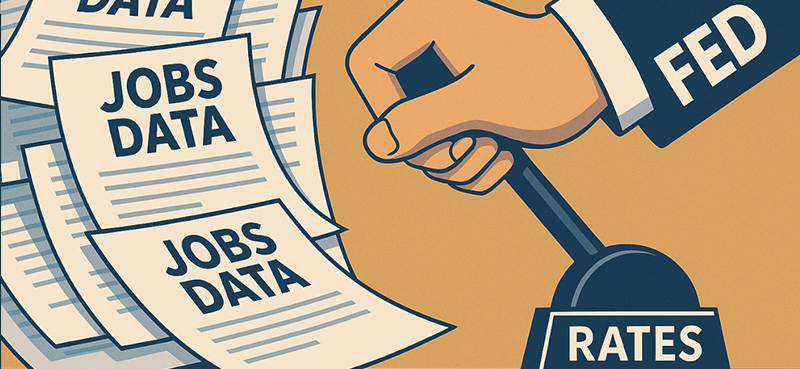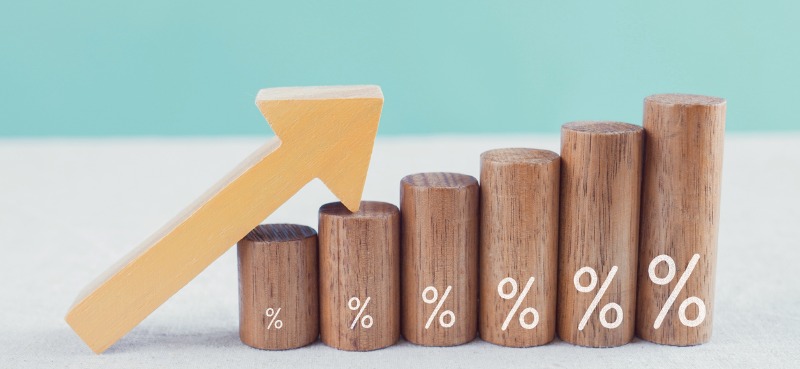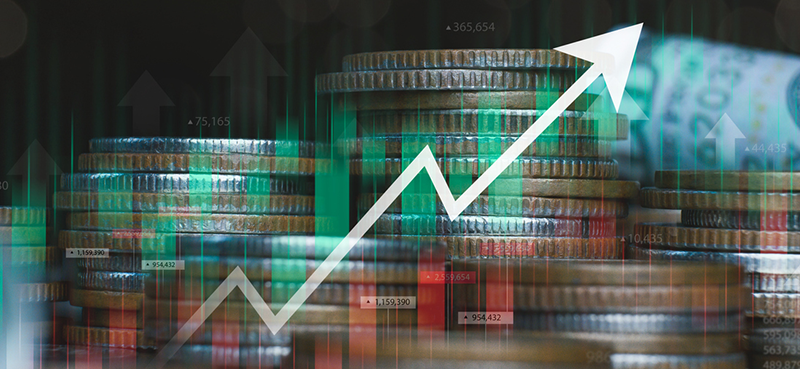COVID remained a problem throughout 2021… But 2022 is setting up to be the year it ends.
A month ago, I told you how Merck’s bombshell pill is a game changer. Add to that Pfizer’s recently announced COVID-19 pill, and you’ve got a double whammy for an end to the pandemic.
That means we’ll see the “true reopening”… as businesses can finally operate without a bunch of extra precautions.
In other words, life will get back to normal.
So, which sector benefits the most from this setup? Well, I’ll tell you below… and explain how to get in on the action with ease.
This sector benefits the most from a “true reopening”
As we near the end of the pandemic, it means the return of everything we loved to do before COVID hit. Things we used to take for granted even two years ago will soon be common again. I’m talking about going to concerts, shopping at malls, and taking vacations.
In the investment world, these activities all fall into a single category: the discretionary sector.
Much of this sector was decimated during lockdowns. As a result, most people had more cash on hand… but not much to do.
The result is massive pent-up demand for certain activities. This pent-up demand is starting to be released, but there’s more to go. Blowout earnings reports from “reopen” names like Expedia Group (EXPE), Booking Holdings (BKNG), and Signet Jewelers (SIG) prove it:
| Q3 2021 | EXPE | BKNG | SIG |
| Estimated EPS | 1.68 | 33.01 | 1.70 |
| Actual EPS | 3.53 | 37.70 | 3.57 |
| Surprise | 1.85 | 4.69 | 1.87 |
| Source: FactSet |
Notice how each of these three companies crushed estimates on earnings per share (EPS). That means Wall Street models were way off about how good these companies were doing last quarter. And surprising results to the upside are generally bullish for stocks.
Discretionary stocks are the right play in 2022
When the fundamental picture lines up with a thesis (like the “reopen trade”), that’s a good thing. But as you probably know by now, I don’t invest in anything without making sure institutional investors (the Big Money) are also buying.
And Big Money is pouring into the discretionary sector.
The chart below shows the number of daily buys and sells generated by individual stocks. Each vertical blue bar tells us how many buy signals happened across the sector… while the red bars tell us the number of sell signals on a particular day. And the green box represents “the stairway to heaven.”
I’ve included the Consumer Discretionary Select Sector SPDR Fund (XLY) as well. It’s the dark blue line that has kept grinding higher during 2021…
Take a close look at the last several weeks in the chart. You can see how the blue bars have been increasing… while the red bars have been shrinking. That tells us big institutions are buying more discretionary stocks… and selling less. And it’s causing the group to break out… as you can see by the action in XLY.
Keep in mind, the blue bars represent high-volume buying in individual stocks in the discretionary sector, similar to the “reopen” names I mentioned earlier. And a great way to play more upside in the sector is via XLY. It’s full of companies that will do great as COVID-19 fades in our rear-view mirror.
For example, BKNG and EXPE are 2.3% and 0.6% of the weighting in XLY respectively. The fund is a good gauge on companies exposed to consumer spending.
Clearly this fund is heading higher. Each of those green signals are when XLY was ramping higher with big volumes… which tells us big institutions were buying the stock.
The bottom line
Start making your plans for a post-COVID world.
Think about the activities you’re starting to do again for the first time since COVID hit… and invest in businesses in those areas.
But the easiest way to bet on the “true reopen” is by buying XLY and its basket of high-quality discretionary stocks.
And for a portfolio full of Big Money’s favorite growth stocks, check out my newsletter, The Big Money Report.
Note: I hold long positions in EXPE and SIG in personal accounts and long positions in EXPE and BKNG in managed accounts.
P.S. If you’re already a Big Money Report member and ready to take your investing strategy to the next level… enter your email to get all the details on my newest advisory, Big Money Trader—launching THIS WEEK…
You’ll also get a FREE training series explaining exactly how I use this system to capitalize quickly on Big Money movements.




















